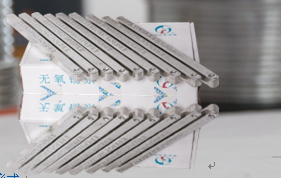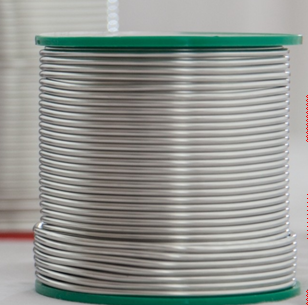Industrial robot is a multi-functional, multi-degree-of-freedom mechatronics automatic mechanical equipment and system that can complete certain operational tasks in the manufacturing process through repeated programming and automatic control. It can be combined with a manufacturing host or a production line to form a single or multiple machines. Machine automation system, in the unattended, to achieve a variety of production operations such as handling, welding, assembly and spraying.
At present, industrial robot technology and industry are developing rapidly and are increasingly used in production. It has become an important high-level automation equipment in modern manufacturing. Since the advent of the first generation of robots in the United States in the early 1960s, the development and application of industrial robots has developed rapidly, but the most notable features of industrial robots are summarized as follows.
1. Programmable. Further development of production automation is flexible automation. Industrial robots can be reprogrammed as their working environment changes. Therefore, it can play a very good role in a small batch and multi-variety flexible manufacturing process with balanced and high efficiency. It is an important part of the flexible manufacturing system (FMS). .
2. Anthropomorphic. Industrial robots have similar human walking, waist, arms, arms, wrists, and claws on the mechanical structure. There is a computer in control. In addition, intelligent industrial robots have many human-like "biosensors" such as skin contact sensors, force sensors, load sensors, vision sensors, acoustic sensors, and language functions. Sensors improve the ability of industrial robots to adapt to the surrounding environment.
3. Universality. In addition to specially designed dedicated industrial robots, general industrial robots have better versatility when performing different tasks. For example, replacing industrial robot hand end operators (hands, tools, etc.) can perform different tasks.
4. Mechatronics. Industrial robotics involves a wide range of disciplines, but it is a combination of mechanics and microelectronics – mechatronics. The third generation of intelligent robots not only have various sensors for acquiring external environmental information, but also have artificial intelligence such as memory ability, language understanding ability, image recognition ability, reasoning judgment ability, etc., and these applications are related to microelectronic technology, especially computer technology. The application is closely related. Therefore, the development of robotics will certainly drive the development of other technologies. The development and application level of robotics can also verify the development and level of a country's science and technology and industrial technology.
Solder Wire/bar is an indispensable material for the manufacture of electronic products .Tin Wire,TIn bar and tin paste are the most widely used electronic welding materials,the technical level depends on the performance of solder joints and welding process performance.
Product specification: Ñ„12*330mm
295*20*13mm
Product Features:
Smooth surface,neat coiling,beautiful appearance,uniform distribution of additives,good continuity.
Less splash of additives in welding process,good mobility,good wettability,less smoke,less oxide slag,bright welding spots.
Widely used in a variety of wave slidering and manual welding of television,audio capacitors,circuit boadrds and communications equipment.
Including SnCu.SnAg.SnAgCu,SnAgCuSb.SnAgBi series.


Solder Bar,Solder Wire Bar,Silver Solder Bar,Lead-Free Tin Solder Bar
Shaoxing Tianlong Tin Materials Co.,Ltd. , https://www.tianlongspray.com